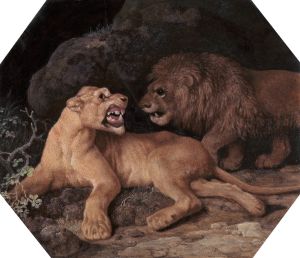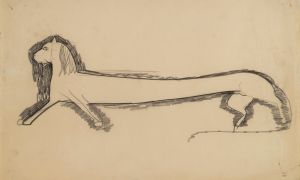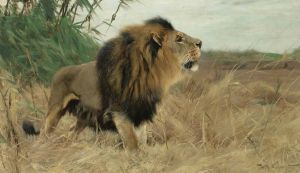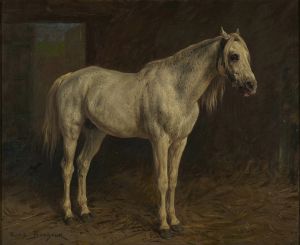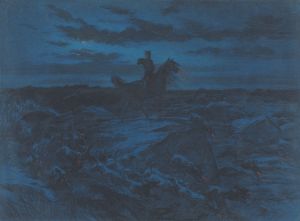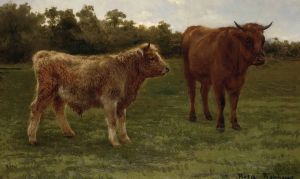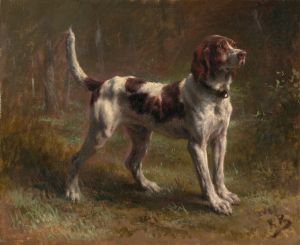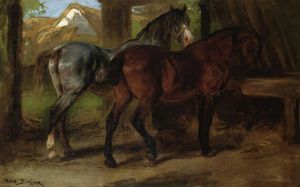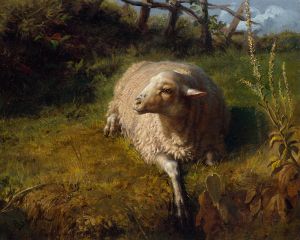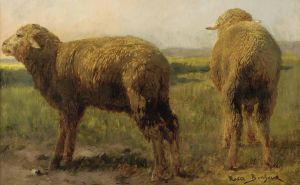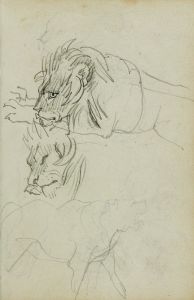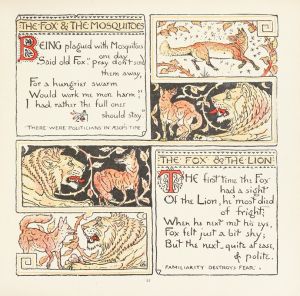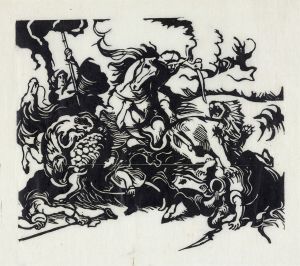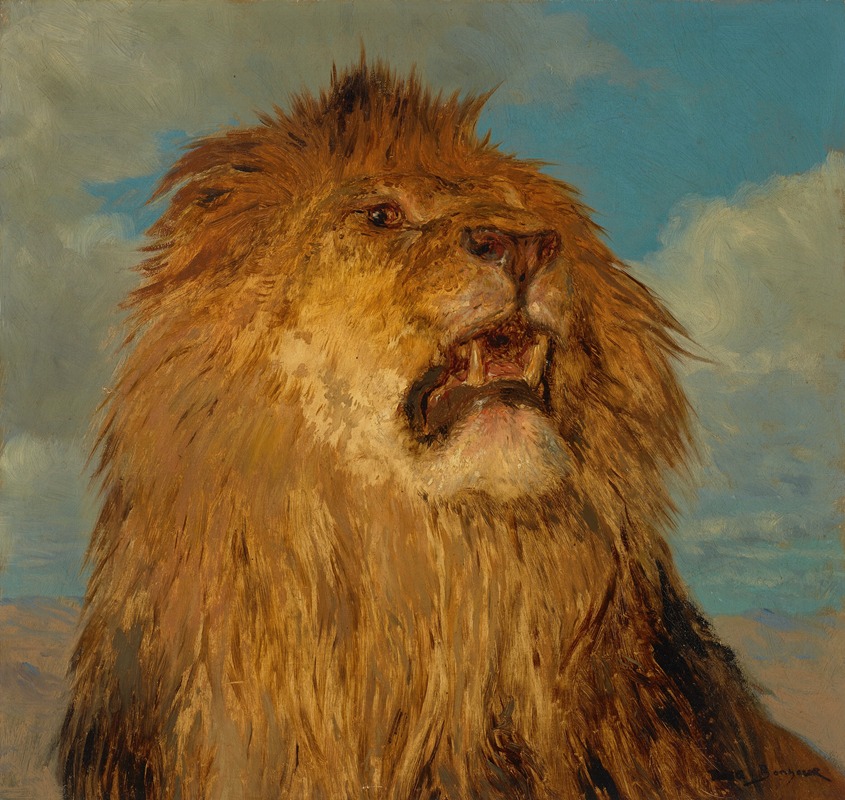
Tête de lion relevée
A hand-painted replica of Rosa Bonheur’s masterpiece Tête de lion relevée, meticulously crafted by professional artists to capture the true essence of the original. Each piece is created with museum-quality canvas and rare mineral pigments, carefully painted by experienced artists with delicate brushstrokes and rich, layered colors to perfectly recreate the texture of the original artwork. Unlike machine-printed reproductions, this hand-painted version brings the painting to life, infused with the artist’s emotions and skill in every stroke. Whether for personal collection or home decoration, it instantly elevates the artistic atmosphere of any space.
Rosa Bonheur, a renowned 19th-century French artist, is celebrated for her realistic depictions of animals, and her work "Tête de lion relevée" is a testament to her exceptional skill in capturing the essence of the animal kingdom. Born in Bordeaux in 1822, Bonheur was the daughter of a minor landscape painter, which provided her with an early introduction to the world of art. Her dedication to studying animals in their natural habitats set her apart from many of her contemporaries and contributed to her reputation as one of the foremost animal painters of her time.
"Tête de lion relevée," which translates to "Head of a Lion Raised," is a striking example of Bonheur's ability to convey the majesty and power of animals through her art. Although specific details about the creation date and current location of this particular work are not widely documented, it is consistent with Bonheur's broader oeuvre, which often focused on the strength and dignity of animals.
Bonheur's technique involved meticulous observation and sketching, often visiting zoos and slaughterhouses to study animals up close. This dedication to realism is evident in "Tête de lion relevée," where the lion's mane is rendered with intricate detail, and the expression captures a sense of alertness and nobility. The painting reflects Bonheur's commitment to portraying animals with dignity and respect, challenging the traditional anthropocentric views of her time.
Throughout her career, Bonheur achieved significant acclaim, breaking barriers for women in the art world. She was awarded the Legion of Honour in 1865, becoming the first female artist to receive such recognition. Her success was not only a personal triumph but also a milestone for women artists, who were often marginalized in the 19th century. Bonheur's works, including "Tête de lion relevée," continue to be celebrated for their technical excellence and emotional depth.
Bonheur's influence extended beyond her paintings; she was a trailblazer in her personal life as well. She defied societal norms by wearing men's clothing, which she found more practical for her work, and she lived openly with her female partners at a time when such choices were unconventional. Her lifestyle and career choices have made her an enduring figure of interest in both art history and gender studies.
While "Tête de lion relevée" may not be as widely recognized as some of her other works, such as "The Horse Fair," it remains an important piece within her body of work. It exemplifies her dedication to animal portraiture and her ability to imbue her subjects with a sense of life and character. Bonheur's legacy as a pioneering female artist and a master of animal painting continues to inspire and captivate audiences around the world. Her works are held in high esteem and are featured in numerous collections, ensuring that her contributions to art endure well beyond her lifetime.





